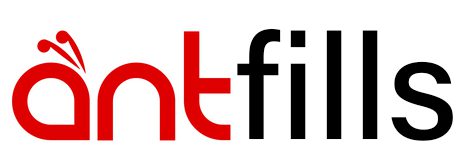Amazon Multi-Channel Fulfillment: How it Works + Pros & Cons
Amazon’s Multi-Channel Fulfillment (MCF) program is one of many fulfillment options Amazon offers to sellers. By storing your inventory at Amazon’s warehouses, they’ll handle fulfillment for your brand across select channels.
Unlike Fulfillment by Amazon (FBA), where only Prime orders from Amazon’s marketplace are fulfilled, Multi-Channel Fulfillment uses a combination of shipping speeds and not just the famous 2-day shipping.
While there are advantages to using Amazon’s Multi-Channel Fulfillment program, it also comes at some costs. The Wall Street Journal recently reported that Amazon uses sellers’ success and customer data to spin off its own private label products.
Between fear of Amazon creating competing products and no ability to communicate with, remarket to, or access customer data of their own, many brands are wondering if they should stick with Amazon, switch to a 3PL, or manage retail fulfillment in-house.
There are many choices when it comes to outsourcing fulfillment and considerations you must not overlook that will impact your bottom line, customer experience, shipping capabilities, and brand reach.
In this post, we’ll go into the details of how Multi-Channel Fulfillment works, the pros and cons, and alternatives to Amazon Multi-Channel Fulfillment that can help your business grow.

